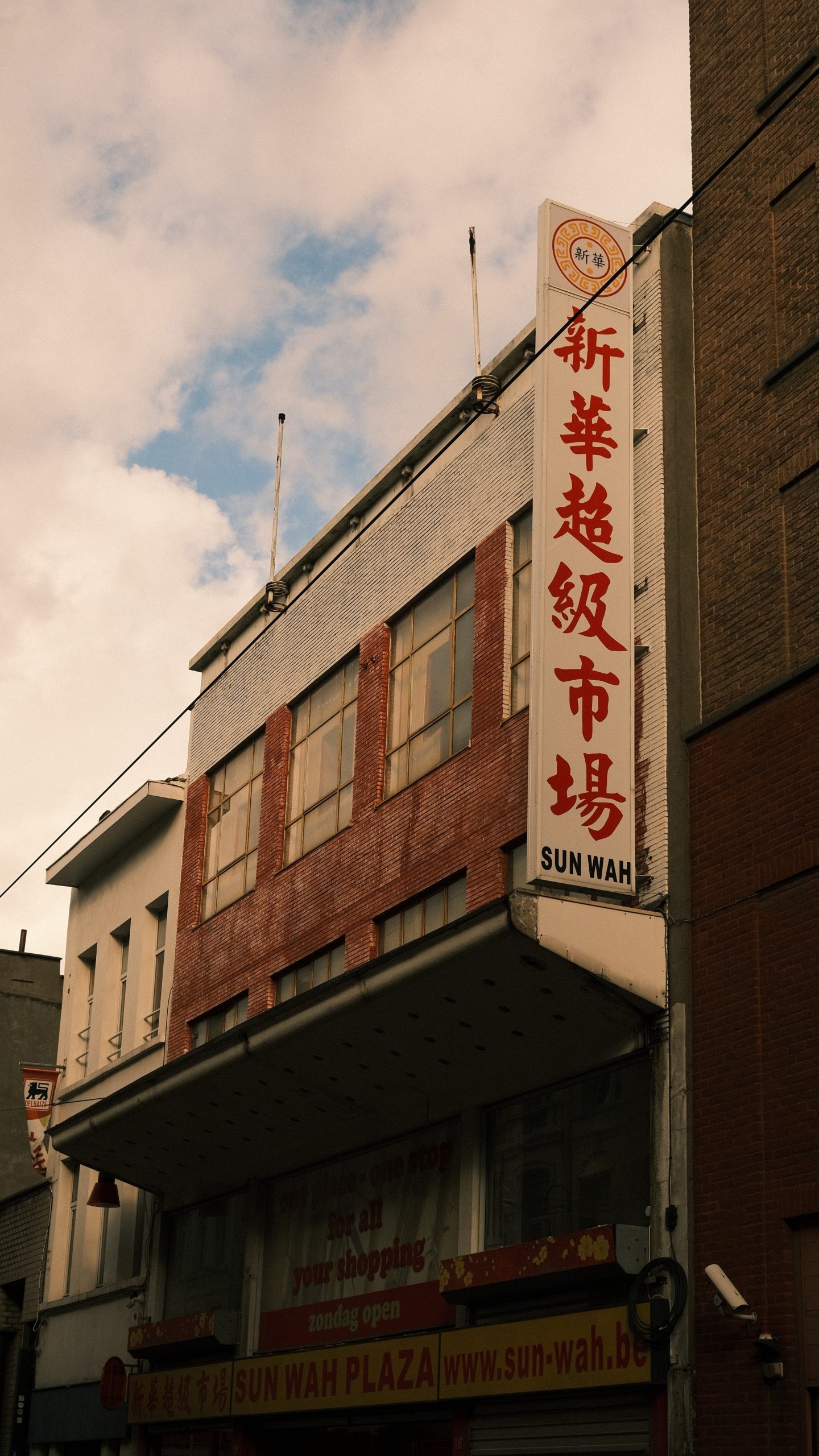In the ever-changing landscape of commercial real estate, understanding the legal implications of bankruptcy in Utah is crucial for both landlords and tenants alike. Whether you are a business owner facing financial challenges or a property owner navigating the intricacies of bankruptcy law, this article aims to provide you with comprehensive and exhaustive insights. By delving into the various legal aspects and implications associated with Utah commercial real estate and bankruptcy, you will gain a deeper understanding of the intricate web of laws that govern this domain. Let us guide you through this complex terrain and equip you with the knowledge needed to make informed decisions. Contact Jeremy Eveland, a trusted commercial real estate lawyer, to discuss your specific situation and receive expert guidance tailored to your needs.

Overview of Commercial Real Estate
Definition of Commercial Real Estate
Commercial real estate refers to properties that are used for business purposes, such as office buildings, retail spaces, industrial facilities, and warehouses. Unlike residential real estate, which is used for housing, commercial real estate is primarily focused on generating income or facilitating business operations.
Importance of Commercial Real Estate
Commercial real estate plays a vital role in the economy, serving as a cornerstone for various industries and providing opportunities for businesses to thrive. It offers spaces for companies to operate, sell products and services, and create employment opportunities. Additionally, commercial real estate investments can offer long-term financial stability and potential for growth.
Types of Commercial Real Estate
There are several types of commercial real estate, each serving different purposes and catering to distinct businesses. These include:
-
Office Buildings: These include high-rise structures, business parks, and small office spaces, providing workplaces for businesses of all sizes.
-
Retail Spaces: This category encompasses shopping malls, strip malls, standalone stores, and outlets, providing spaces for retailers to sell products and services to consumers.
-
Industrial Facilities: Industrial real estate consists of warehouses, manufacturing plants, distribution centers, and research and development facilities, providing spaces for industrial operations and storage.
-
Multifamily Properties: These include apartment complexes, condominiums, and other residential buildings with multiple units that are primarily used as income-generating properties.
-
Hospitality Properties: This category encompasses hotels, resorts, motels, and other lodging establishments used for temporary stay and accommodation.
-
Special Purpose Properties: These properties serve unique functions, such as healthcare facilities, educational institutions, stadiums, and entertainment venues.
Understanding these different types of commercial real estate is crucial when dealing with bankruptcy cases that may involve specific property types and their associated legal implications.
Bankruptcy: An Overview
Definition of Bankruptcy
Bankruptcy is a legal process designed to help individuals or businesses that are unable to repay their debts. It offers them relief from overwhelming financial burdens by allowing them to eliminate or restructure their debts while protecting their assets. Bankruptcy provides an opportunity for a fresh financial start.
Types of Bankruptcy
There are several types of bankruptcy filings available, each offering different benefits and requirements:
-
Chapter 7 Bankruptcy: Also known as “liquidation bankruptcy,” Chapter 7 involves the sale of a debtor’s non-exempt assets to pay off creditors. This process typically wipes out most unsecured debts.
-
Chapter 11 Bankruptcy: This type of bankruptcy is commonly used by businesses seeking to reorganize their debts and continue operating. It allows the debtor to propose a repayment plan to creditors while maintaining control of their assets and operations.
-
Chapter 13 Bankruptcy: Chapter 13 is designed for individuals with a regular income who want to repay their debts over time. It involves a court-approved repayment plan that spans three to five years.
Understanding the different types of bankruptcy is essential when navigating bankruptcy cases in commercial real estate.
Bankruptcy Process
The bankruptcy process involves several steps, including:
-
Filing a Petition: The debtor initiates the bankruptcy process by filing a petition with the bankruptcy court. This document includes relevant financial information, a list of assets and liabilities, and disclosure of income and expenses.
-
Automatic Stay: Upon filing the bankruptcy petition, an automatic stay is put in place, which halts all collection activities by creditors, including foreclosure, eviction, and lawsuits.
-
Appointment of Trustee: In Chapter 7 and Chapter 13 bankruptcy cases, a trustee is appointed to oversee the administration of the case, ensuring compliance with bankruptcy laws and facilitating the distribution of assets to creditors.
-
Creditors’ Meeting: A meeting of the creditors, also known as the 341 meeting, takes place where the debtor is questioned under oath regarding their financial affairs. This meeting provides an opportunity for creditors to assert their rights and gather information.
-
Plan Confirmation: In Chapter 11 and Chapter 13 cases, the debtor must propose a repayment plan to the bankruptcy court for approval. This plan outlines how the debtor intends to repay their creditors over time.
-
Discharge: If all requirements are met, the bankruptcy court grants a discharge, which eliminates the debtor’s personal liability for most qualifying debts.
Each step of the bankruptcy process has specific implications for commercial real estate, making it crucial to understand how bankruptcy can affect property rights, lease agreements, and other legal considerations.

The Intersection of Commercial Real Estate and Bankruptcy
Common Scenarios Involving Commercial Real Estate and Bankruptcy
The intersection of commercial real estate and bankruptcy can arise in various scenarios, including:
-
Tenant Bankruptcy: When a tenant files for bankruptcy, it can impact both landlords and other tenants sharing the property. The tenant’s bankruptcy may result in the rejection of lease agreements, affecting rental income and occupancy.
-
Landlord Bankruptcy: If a landlord experiences financial distress and files for bankruptcy, it can have significant implications for tenants. The landlord’s bankruptcy may lead to the rejection of lease agreements, potentially resulting in eviction or the need to find alternative rental spaces.
-
Distressed Property Sales: Bankruptcy cases often involve the sale of distressed properties to repay creditors. These sales can present opportunities for investors to acquire commercial real estate at potentially discounted prices.
Understanding these common scenarios is essential for both landlords and tenants to protect their legal rights and navigate the complexities of commercial real estate bankruptcy.
Legal Implications and Considerations
Commercial real estate bankruptcy cases involve various legal implications and considerations, including:
-
Contractual Obligations: Bankruptcy can raise questions about the enforceability and continuation of lease agreements, purchase contracts, and other contractual obligations related to commercial real estate.
-
Property Valuation: Determining the value of commercial real estate during bankruptcy proceedings is crucial for accurately assessing the debtor’s assets and determining the distribution of proceeds to creditors.
-
Potential Litigation: Bankruptcy cases involving commercial real estate can lead to disputes and litigation among various stakeholders, including creditors, landlords, tenants, and other interested parties.
Navigating the legal landscape of commercial real estate and bankruptcy requires experienced legal counsel to ensure compliance with bankruptcy laws, protect property rights, and achieve the best possible outcome for all parties involved.


